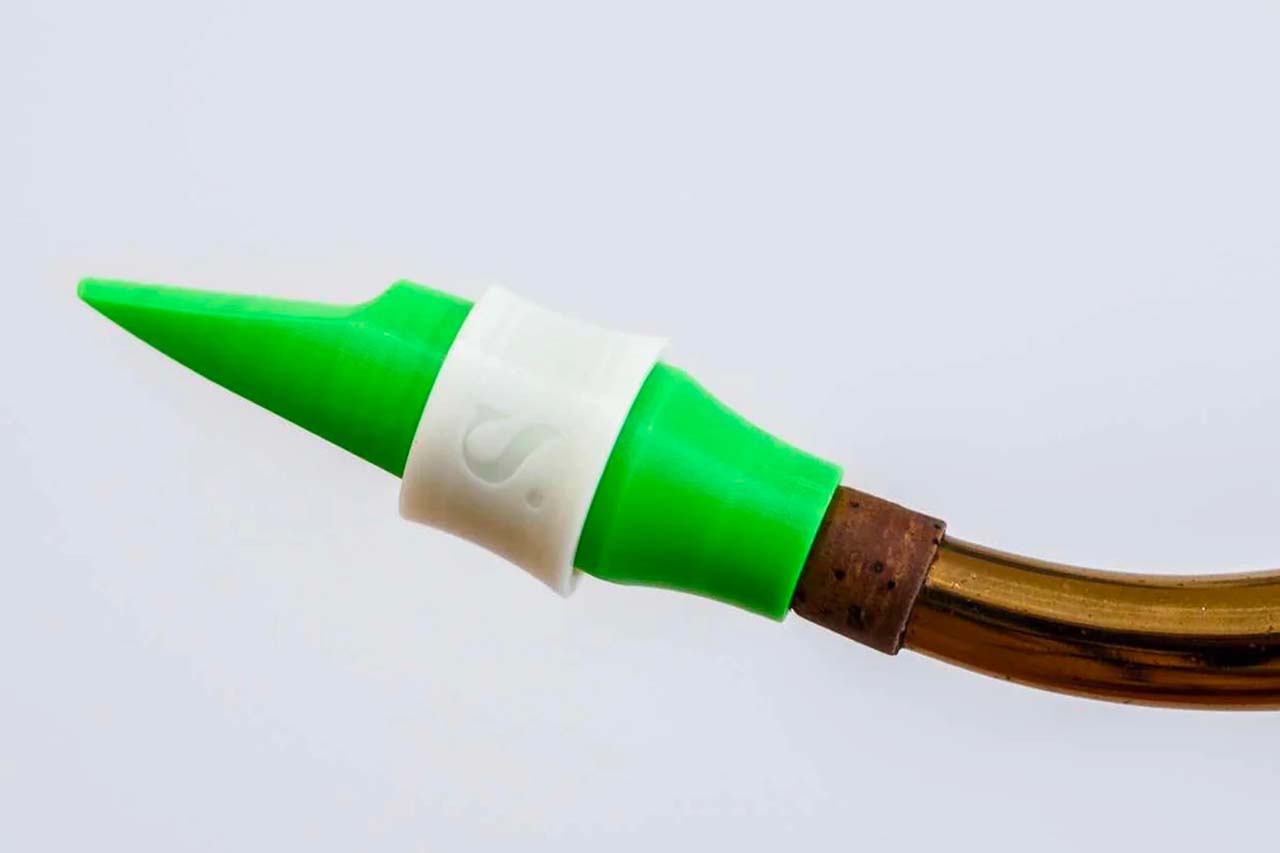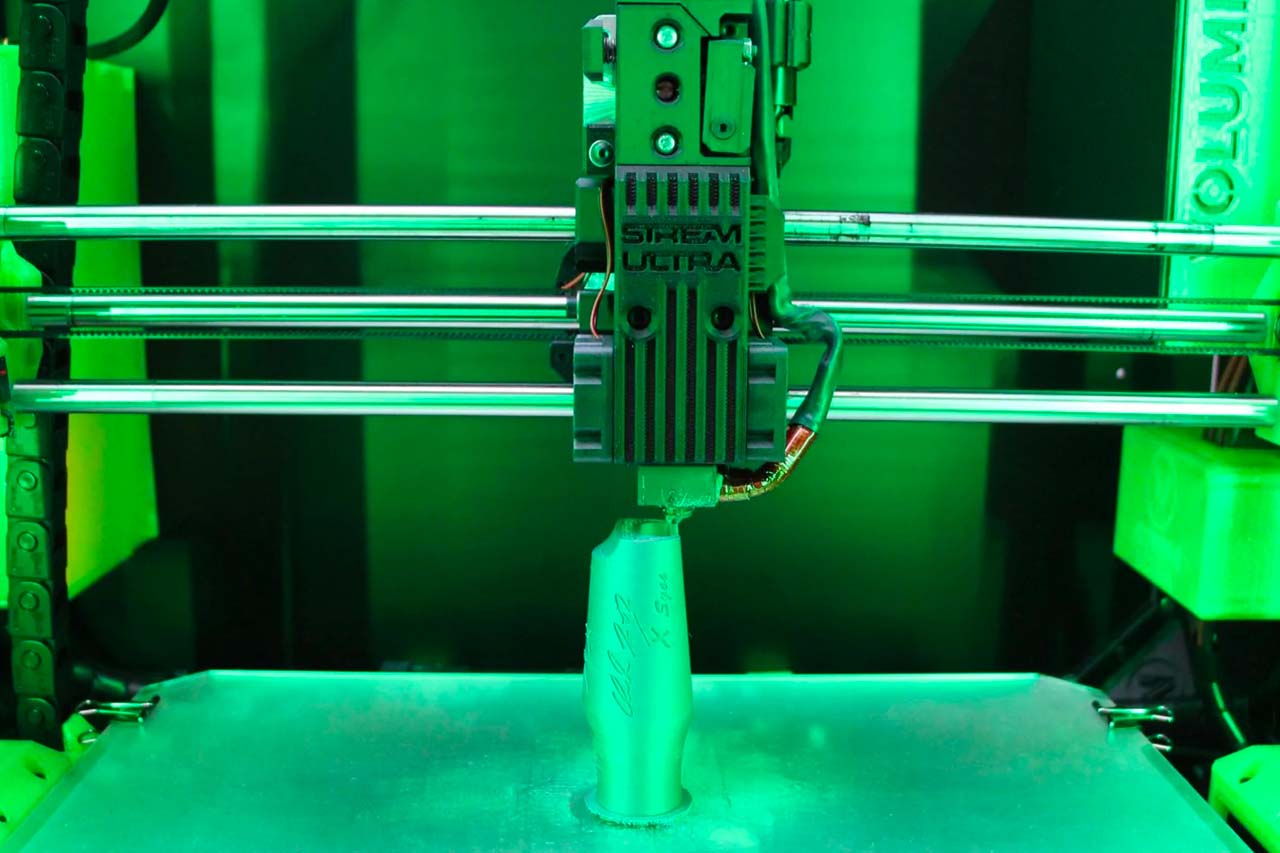I own 5. An alto and a baritone of the Knoel Scott signature models and 3 'random' sopranos out of the Halloween lottery!
I didn't fall in love with them. Each to their own certainly applies for mouthpiece tastes.
But most importantly for me, I was not impressed by the finish. I improved them on the facing side as they were not right in my opinion, just because of the technology from what I can tell. Then the baritone one had a wide note that didn't fit right on my otherwise perfect neck cork!
Just my two cents!
But I love the concept.
I didn't fall in love with them. Each to their own certainly applies for mouthpiece tastes.
But most importantly for me, I was not impressed by the finish. I improved them on the facing side as they were not right in my opinion, just because of the technology from what I can tell. Then the baritone one had a wide note that didn't fit right on my otherwise perfect neck cork!
Just my two cents!
But I love the concept.






